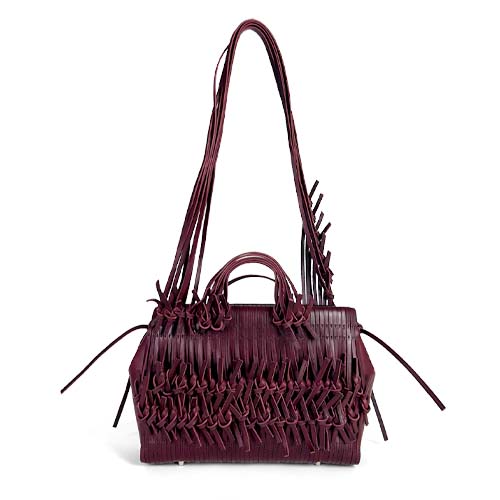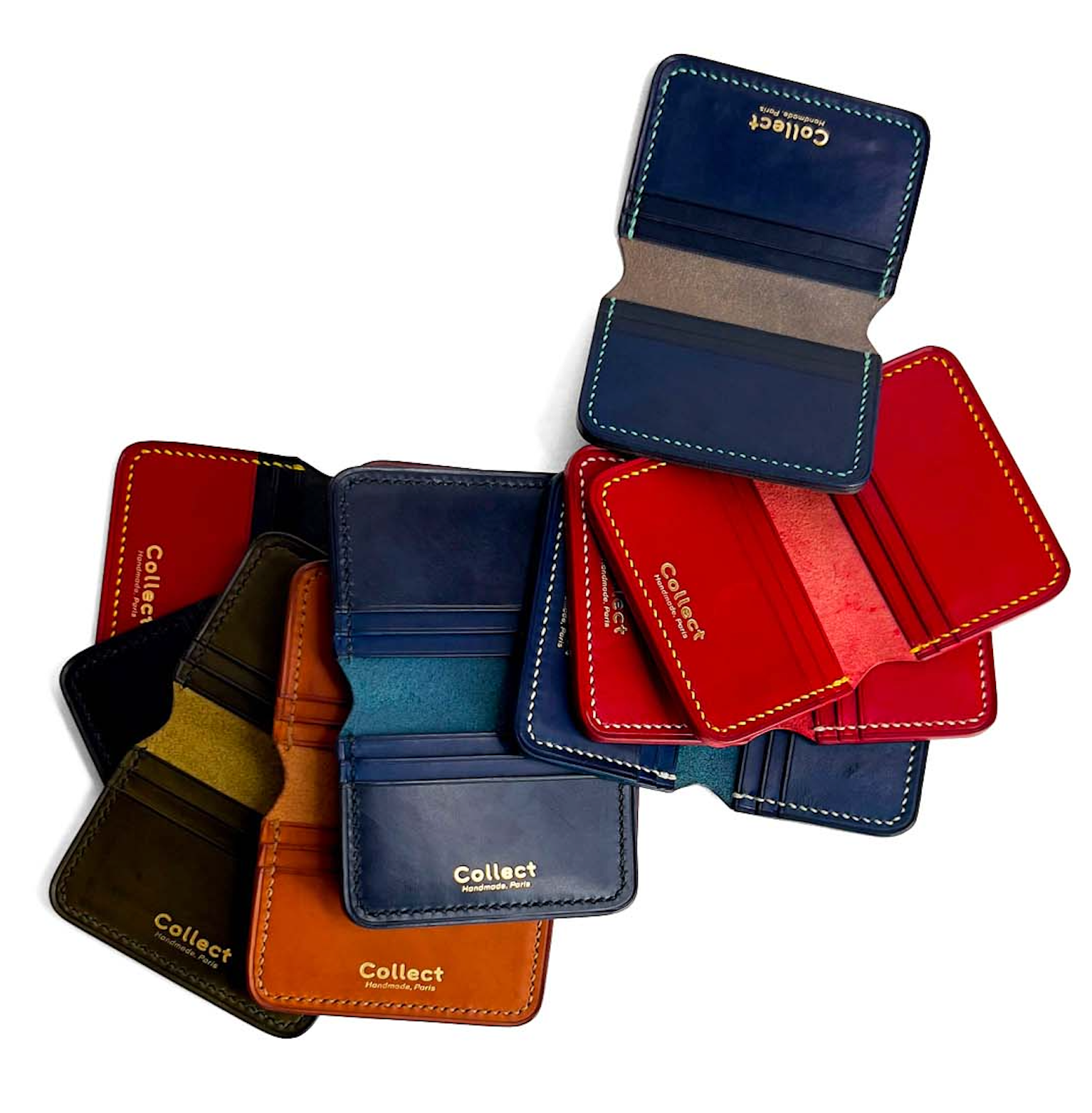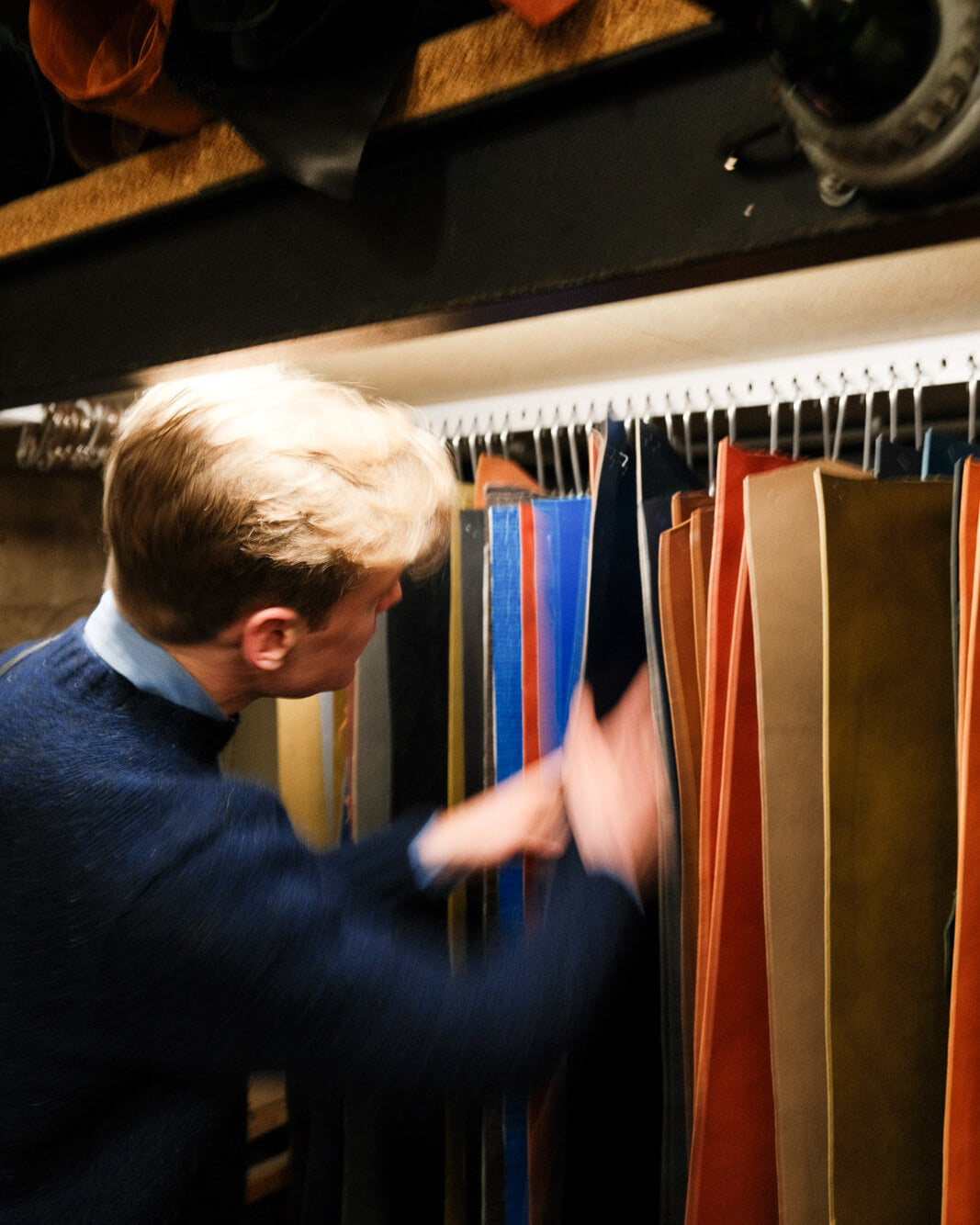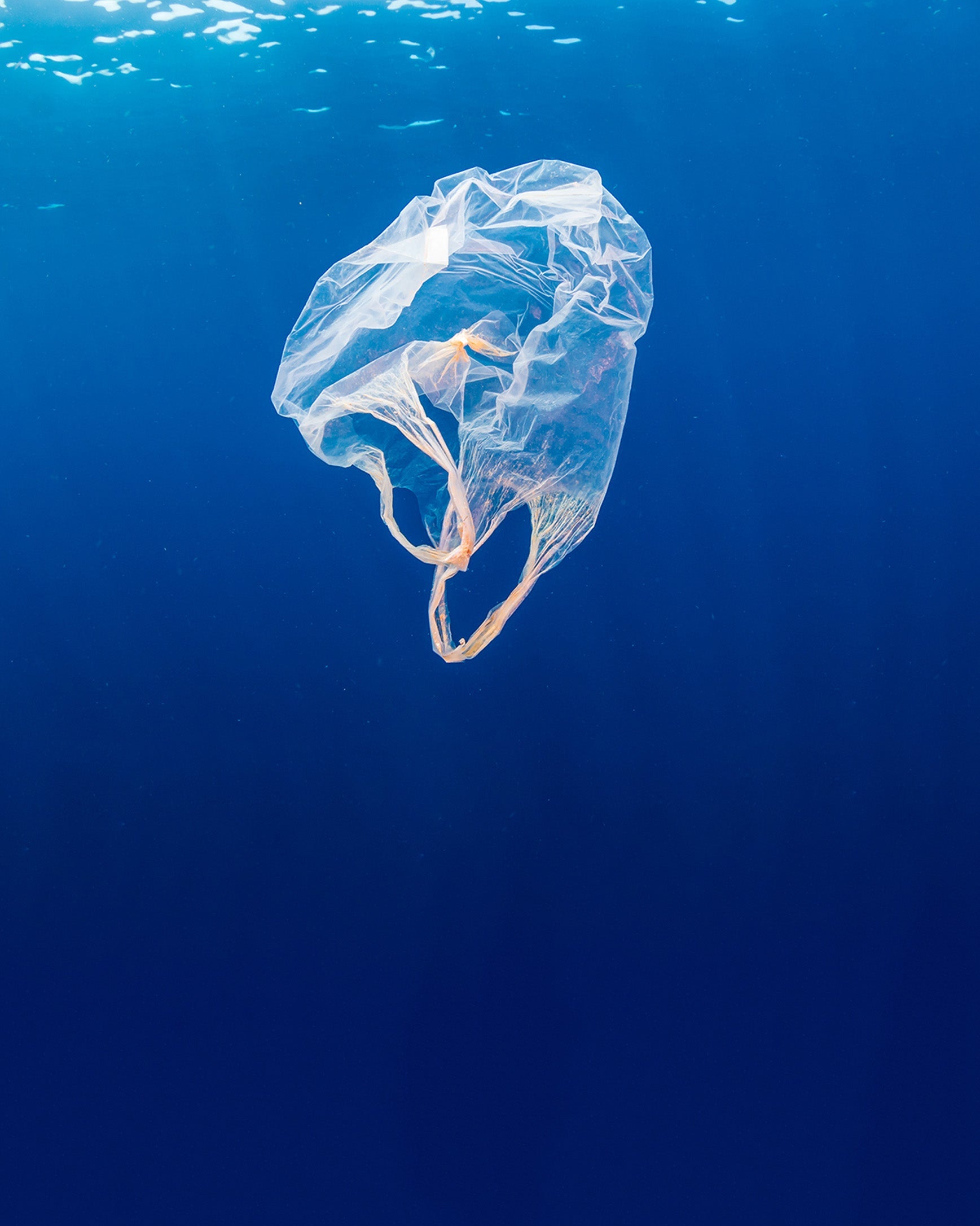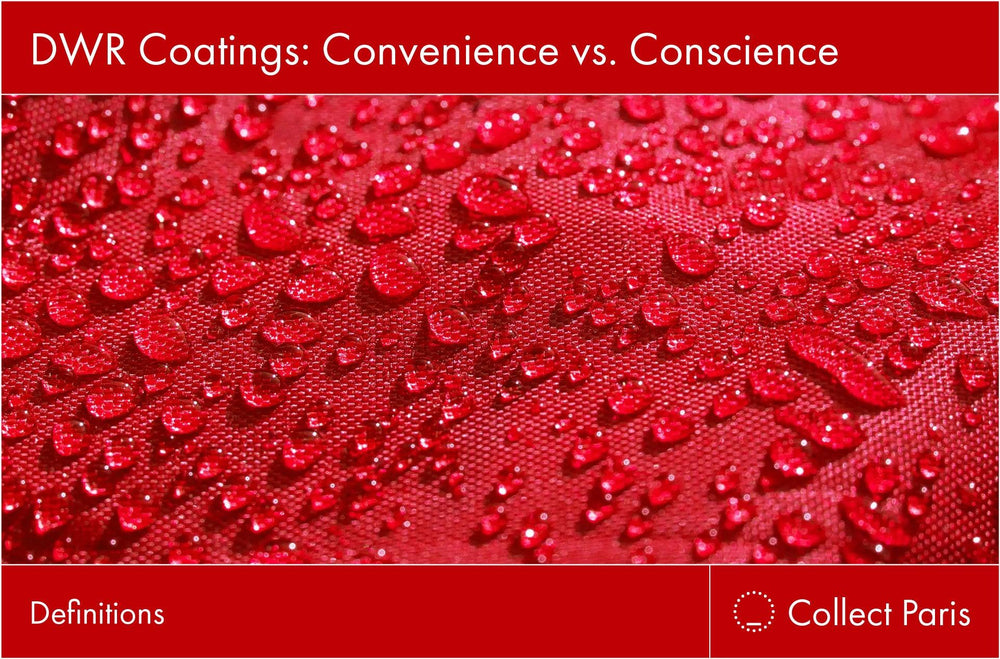
DWR Coating: Convenience vs. Conscience
Durable Water Repellent (DWR) coatings have become a hot topic in the textile industry, particularly among outdoor enthusiasts and travellers. While these treatments provide an array of benefits such as keeping fabrics dry and stain-resistant, they also raise environmental concerns. So, are DWR coatings a godsend or a Pandora's box? Let's look at the details.
What is a DWR Coating?
DWR stands for Durable Water Repellent, and as the name implies, it's a coating applied to fabrics to make them water-resistant. This kind of coating is not just limited to clothing; it's also widely used in outdoor gear like tents, and especially in backpacks.
What Properties Does a DWR Have?
When you think of DWR coating, water repellent fabric might be the first thing that comes to mind. But DWR offers more than just water resistance. It's a multi-faceted treatment that serves several purposes, enhancing the overall functionality of your gear. Let's delve into the key properties.
Water Resistance
The primary function of any DWR coating is to make fabric water-resistant. It creates a barrier that causes water to bead up and roll off the material. This property is invaluable in outdoor and travel scenarios where staying dry is crucial.
Stain Resistance
Apart from water, a good DWR coating also provides some degree of stain resistance. Outdoor activities can be messy, and the last thing you want is a permanent stain on your new backpack or tent. A DWR coating makes it easier to clean the fabric, saving you both time and stress.
Extended Lifespan of Fabric
One often overlooked benefit of DWR coating is its ability to extend the lifespan of the fabric. By protecting it from water and stains, you reduce the frequency of washes and potential damage, making your gear last longer.
UV Protection
Some specialised DWR coatings offer UV protection. This is especially useful for items like sun hats or beach umbrellas, where shielding from harmful UV rays is crucial.
Lifespan of DWR Coating
How long can you expect a DWR coating to last? Well, that depends. A high-quality DWR treatment on a well-maintained piece of gear can last for several seasons. Factors that affect the lifespan include frequency of use, exposure to elements, and maintenance practices. Understanding how to renew DWR is vital for maximising its lifespan.
Resistance Levels
If you're looking to customise your experience, it's worth knowing that DWR coatings come in different resistance levels. These are often quantified by water pressure resistance tests, helping you choose the right DWR treatment for your needs. For example, if you're an avid hiker, you might opt for a high-resistance DWR treatment that can withstand heavy rainfalls.
Types of DWR Coatings
Understanding the different types of DWR coatings can help you make an informed decision about what's best for your specific needs, whether you're purchasing a new backpack, tent, or outdoor clothing. Broadly speaking, DWR treatments can be categorised into three main types: silicone-based, wax-based, and fluoropolymer-based.
Silicone-Based DWR
Silicone-based DWR coatings are known for their durability and strong water repellency. The silicone molecules form a highly resilient barrier that makes it extremely difficult for water to penetrate the fabric. One of the key advantages of silicone-based DWR is its ability to maintain performance even after considerable wear and tear.
Pros:
- High durability
- Excellent water resistance
Cons:
- Can affect breathability of the fabric
- Not as eco-friendly as some alternatives
Wax-Based DWR
Wax-based DWR coatings have been used for centuries, long before synthetic chemicals came into play. They are generally considered more natural and are often used in canvas and cotton fabrics. The wax provides a water-resistant layer but tends to wear off faster than its synthetic counterparts. However, reapplying a wax-based DWR is often a simple process you can do at home.
Pros:
- Natural and eco-friendly
- Easy to apply and renew
Cons:
- Not as durable
- Can add weight to the fabric
Fluoropolymer-Based DWR
Fluoropolymer-based DWR coatings are currently the most common type used in high-performance gear. These treatments are known for their ability to repel not only water but also oils and stains. However, they have faced scrutiny due to the use of per-fluorinated compounds (PFCs), which can be harmful to the environment.
Pros:
- Excellent water, oil, and stain resistance
- Long-lasting performance
Cons:
- Environmental concerns due to PFCs
- Can be expensive
Each of these DWR coatings has its own set of advantages and disadvantages, and the best choice for you will depend on various factors like your specific use-case, budget, and environmental considerations. Silicone-based DWRs are great for heavy-duty usage but might not be the best option for someone looking for an eco-friendly alternative. Wax-based treatments offer a more natural approach but might require more frequent reapplications. Fluoropolymer-based DWRs provide excellent all-around performance but come with environmental concerns.
Understanding these types of DWR coatings can go a long way in helping you choose the right water repellent fabric for your outdoor gear or clothing. With growing advancements in technology, we can also expect new types of DWR treatments to emerge, offering a better balance between performance and environmental impact.
Effectivity of DWR Coatings
DWR coatings are generally pretty effective, but they're not invincible. Over time, you'll find that the effectiveness can dwindle. So what causes this?
Factors Affecting DWR Performance
Several factors can influence how well your DWR coating holds up. Dirt and oils, for instance, can cling to the fabric and block the DWR layer from doing its job. Wear and tear, such as abrasion from a backpack or frequent laundering, can also degrade the treatment.
Periodic Maintenance for Long-Lasting Results
Knowing how to renew DWR is crucial if you want to prolong its effectiveness. Periodic cleaning using mild detergents can keep the coating functional. Sometimes, running your DWR-coated gear through a dryer on low heat can reactivate the treatment. If you notice that water isn't beading up as it used to, it's time for a refresher. You can either use a spray-on or wash-in product to renew the DWR treatment on your gear.
Reactivating or Renewing a DWR Coating
Even the best DWR coatings wear out over time. You might start to notice that your raincoat isn't repelling water like it used to, or your backpack gets soaked during a light drizzle. So how do you figure out when it's time to take action? The telltale sign is simple: if water stops beading up and rolls off your fabric, it's time to renew the DWR coating.
Signs You Need to Reactivate or Renew DWR
If you're an outdoor enthusiast, you'll want your gear to perform at its best. So, look out for these signs that it's time for a DWR refresh:
- Water absorption: Instead of beading, water starts to saturate the fabric.
- Wetting out: The outer layer becomes visibly darker, indicating it has absorbed water.
- Reduced effectiveness: You start to feel damp even during light rainfall.
When you see these indicators, it means your water repellent fabric needs some TLC. Don't ignore them; otherwise, you risk reducing the lifespan and performance of your gear.
How to Apply New DWR Coating
Knowing how to renew DWR is essential for extending the life of your fabric or gear. The process varies slightly depending on the type of DWR you're dealing with, but here are the general steps:
Step 1: Clean the Item
Before you apply a new DWR coating, make sure the fabric is clean. Dirt and oils can interfere with the new coating.
Step 2: Choose the Right DWR Product
Select a DWR coating that's appropriate for your fabric. If you're environmentally conscious, opt for eco-friendly DWR alternatives.
Step 3: Apply the DWR Coating
Apply the new DWR coating following the instructions on the packaging. This usually involves spraying or painting the product onto the fabric.
Step 4: Heat Activation
Some DWR coatings require heat activation. Use a clothes dryer or an iron (set on a low setting and using a cloth barrier) to help the treatment bond to the fabric.
Step 5: Test
After you've applied the new coating and activated it, test it out. Pour a small amount of water on the fabric. If it beads up and rolls off, you've successfully renewed your DWR!
Understanding how to renew DWR is a vital skill for anyone who relies on water repellent fabric for outdoor adventures. It extends the life of your gear and ensures you stay dry when it matters most.
Are DWRs Harmful to the Environment?
The debate around the environmental impact of DWR treatments is an important one. Traditional DWR technologies, particularly those that are fluoropolymer-based, often use per-fluorinated compounds (PFCs). These chemicals are extremely durable, but they persist in the environment and have been linked to a variety of ecological issues.
Why the Concern? PFCs are not biodegradable. That means they accumulate in the soil and water, posing a threat to both aquatic and terrestrial life. Moreover, they can enter the food chain, leading to potential health concerns for humans.
Eco-Friendly DWR Alternatives
If the environmental footprint of your gear is a concern for you, there are eco-friendly DWR alternatives available. These use water-based applications or natural materials like beeswax to create a water-repellent barrier. Though they may not offer the same level of durability and water resistance, they are a significant step towards a more sustainable outdoor experience.
Effectiveness of Eco-Friendly DWR Eco-friendly DWR alternatives have come a long way in terms of performance. While they might require more frequent reapplication, they often meet the basic water repellency needs of average outdoor enthusiasts.
Brands Leading the Way Companies like Patagonia and The North Face are pioneering the use of eco-friendly DWR alternatives, encouraging a shift toward more sustainable practices in the industry.
Regulation and Policies
It's not just consumer demand driving the change. Regulatory bodies and governments are also stepping in to limit the environmental impact of DWR treatments. Various countries have implemented restrictions on the use of PFCs in consumer goods, pushing the industry to find more sustainable options.
Current Regulations For example, the European Union has stringent regulations on the use of PFCs in textile products. These regulations serve as a benchmark for other countries looking to implement their own standards.
Future Outlook The good news is that research is ongoing to develop DWR treatments that don’t compromise on performance while being eco-friendly. Expect to see an increase in sustainable options in the coming years as technology advances and regulations tighten.
In summary, while traditional DWR coatings pose environmental concerns, steps are being taken to minimise their impact. Both eco-friendly DWR alternatives and increasing regulations are steering the industry toward a more sustainable path. So, when you're considering a DWR coating for your gear, weigh the pros and cons, and look into eco-friendly options if sustainability is a priority for you.

